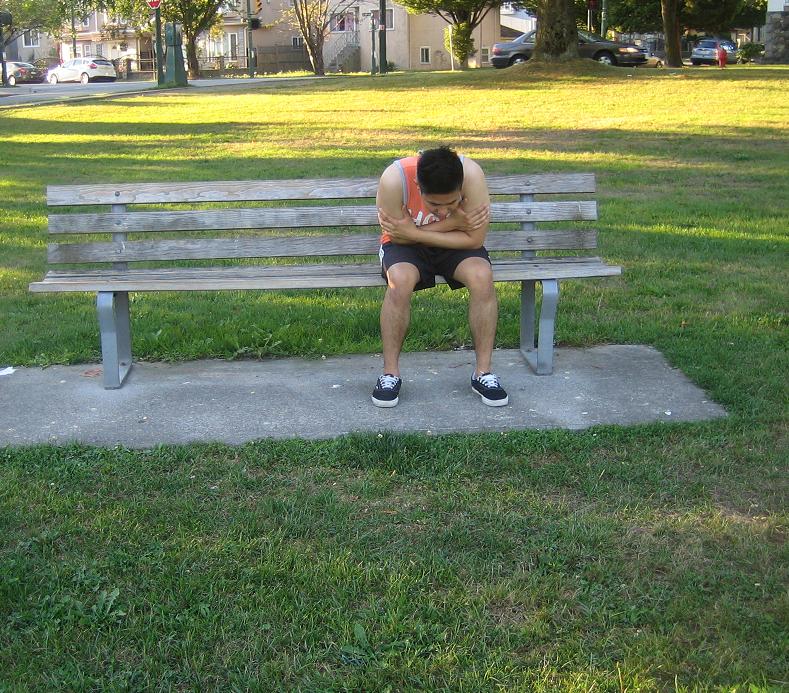The rabies infection in humans is entirely preventable as long as it is promptly treated. It is essential to seek medical care for any animal bites particularly from raccoons, bats, dogs and cats. In most circumstances, rabies can also come from scratches or bites from wild animals.
What should you do?
Once the symptoms of rabies manifest, the infection is almost always deadly which simply means that it is vital to determine if exposure to rabies occurred.
The ideal way to check for rabies is to capture the animal and have it tested. Any exposure to wild animals including bites, scratches or transfer of blood or saliva into an open wound must be carefully assessed by a doctor.
For pets such as cats, dogs or ferrets that do not appear sick, the animal should be contained and placed under observation for 10 days. Testing is not needed unless it starts to show signs of illness. In such cases, as long as the animal is under observation, the individual does not have to be given the rabies vaccine.
The treatment is called as post-exposure prophylaxis (PEP) and whether or not the doctor will administer it depends on the animal type and whether or not it can be tested or observed.

The animal species that are known to have rabies most often include raccoons followed by bats, skunks and foxes.
Signs and symptoms of rabies
The indications of the condition initially start out similarly with other infections and feel similar to the flu such as the following:
- Headache
- Fever
- Malaise that lasts for days after the bite
In case treatment was not given after sustaining a bite or if physical contact occurred with a wild animal but did not except to be bitten and flu-like symptoms manifest, a doctor should be seen as soon as possible. Remember that as rabies progresses, the symptoms start to affect the nerves and the brain with the following manifestations:
- Anxiety
- Tingling or numbness at the bite site
- Agitation
- Confusion
- Hallucinations
- Abnormal behavior
- Neurological deficits
- Inability to sleep
Treatment
The only first aid care when it comes to rabies is the same for all animal bites. Initially, cleanse the wound thoroughly using water and soap. Take note that cleaning the wound is a vital step. If available, use povidone iodine.
The treatment after wound cleaning involves vaccinations (PEP) that the doctor administers via injection. The doctor will further explain the scheduling of the injections needed.

